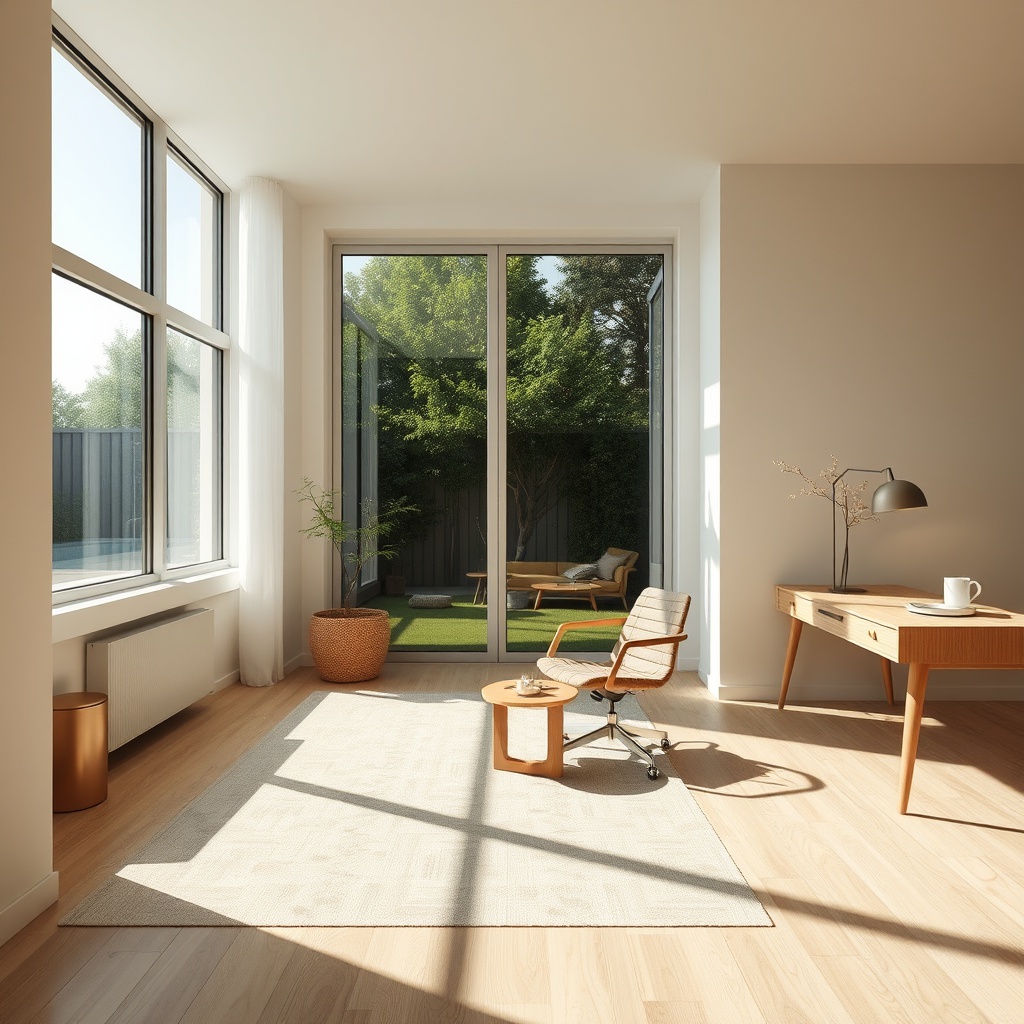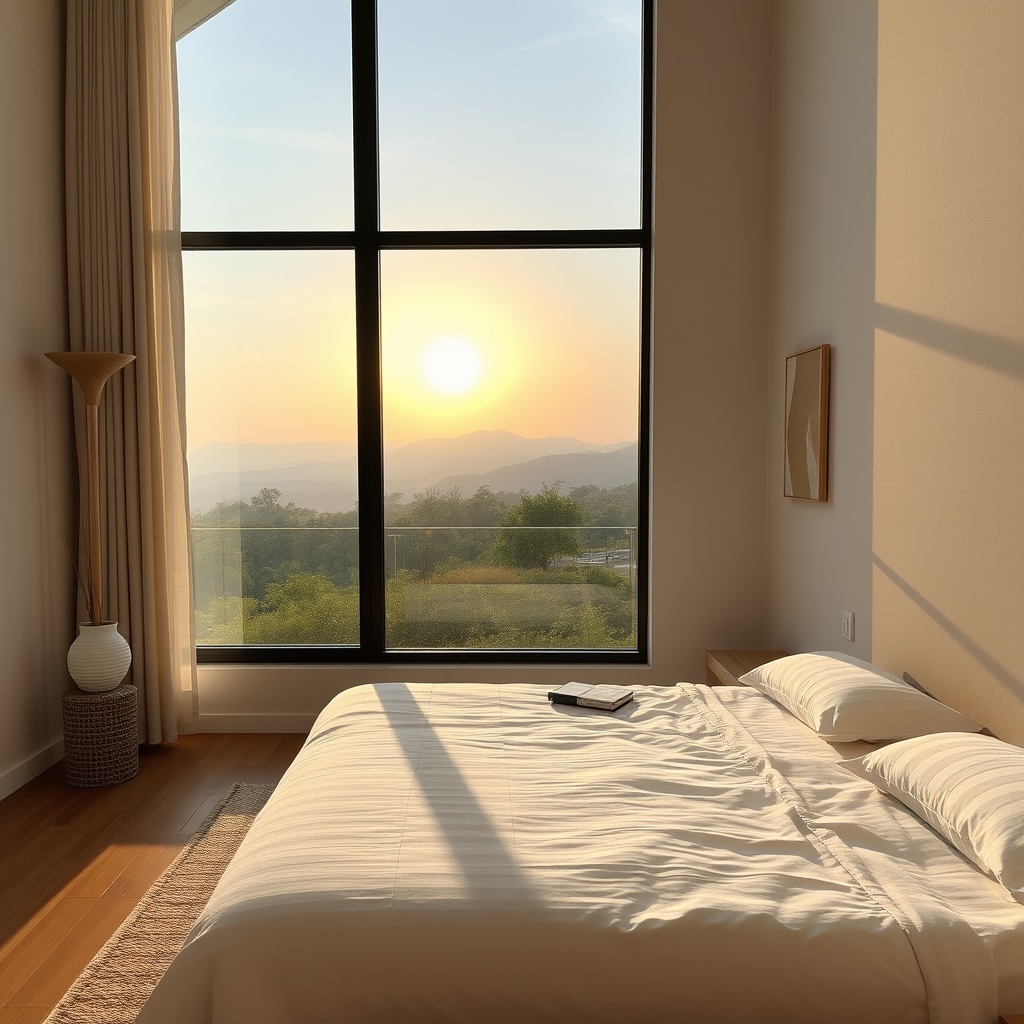AI Based Design
Minimalism Design
Minimalism in Interior Design: Style, Philosophy, and Application
Minimalism in interior design is a sophisticated approach centered on simplicity, functionality, and the elimination of excess. Emerging prominently in the 20th century, this style focuses on creating spaces that are clean, uncluttered, and purposeful. Renowned for its timeless appeal, minimalism emphasizes quality over quantity and has evolved into both a design trend and a way of life.
Origins and Philosophy of Minimalism
Minimalism as a movement has its roots in modern art and architecture, particularly in the early 20th century. The Bauhaus school played a pivotal role in shaping minimalist principles, with its mantra “form follows function” and its focus on essential, geometric forms. Later, in the 1960s, minimalist art by figures such as Donald Judd and Dan Flavin championed the reduction of design to its core components, valuing simplicity and material honesty.
In interior design, minimalism extends these principles to the living environment. It prioritizes the removal of unnecessary elements, placing function and simplicity at the forefront. The philosophy is not just aesthetic but reflects a mindful lifestyle that values clarity, order, and intentionality.
Key Characteristics of Minimalist Interior Design
- Clean Lines and Simple Shapes
Minimalist design is defined by clean, straight lines and simple geometric shapes. Furniture and architectural elements avoid ornate details, creating a sleek and uncluttered appearance. - Neutral Color Palette
Neutral tones dominate minimalist interiors. Shades of white, beige, gray, and black are frequently used to create a calm and cohesive environment. Occasionally, a subtle accent color is introduced for contrast and interest. - Functional DesignNew Slideshow
Every piece of furniture and decor serves a purpose. Multifunctional designs—such as storage beds, extendable tables, or modular seating—are hallmarks of minimalist spaces, reflecting the focus on utility. - Open and Airy Spaces
Minimalist interiors emphasize openness, often achieved through open floor plans and strategic layouts. This creates a sense of freedom and flow, enhancing the spaciousness of a room. - Material Honesty
High-quality, natural materials such as wood, stone, metal, and glass are staples of minimalist design. These materials are showcased in their raw or lightly treated forms, highlighting their inherent beauty and durability. - Emphasis on Natural Light
Large windows, skylights, and open layouts allow ample natural light to flood the space, enhancing its clean and serene atmosphere. Light is often a design element itself in minimalism. - Hidden Storage Solutions
Organization is key to maintaining the minimalist aesthetic. Built-in storage, concealed cabinets, and decluttered surfaces ensure that spaces remain tidy and functional.
Advantages of Minimalist Design
- Timeless Appeal: The simplicity of minimalist interiors ensures they remain stylish and relevant regardless of trends.
- Calm and Clarity: Minimalism promotes mental clarity and reduces stress by eliminating visual and physical clutter.
- Ease of Maintenance: With fewer objects and surfaces, cleaning and upkeep are simpler and less time-consuming.
- Sustainability: By emphasizing quality over quantity and reusing materials, minimalism aligns with eco-conscious living.
Applications of Minimalism in Different Spaces
- Living Room: A minimalist living room might feature a sleek sofa, a simple coffee table, and a neutral color palette. Subtle textures, such as a woven rug or linen throw, add warmth without overwhelming the space.
- Kitchen: Clean, handleless cabinetry, integrated appliances, and smooth countertops exemplify minimalist kitchens. Functionality and organization are paramount.
- Bedroom: A minimalist bedroom incorporates a low-profile bed, neutral bedding, and minimal decor. The focus is on creating a serene and relaxing retreat.
- Bathroom: Minimalist bathrooms utilize clean lines, frameless glass, and natural materials like stone and wood for a spa-like experience.
Minimalism as a Lifestyle
Minimalist interior design often reflects a broader minimalist lifestyle. This approach values intentional living, where possessions are carefully curated, and unnecessary items are eliminated. By prioritizing quality over quantity, individuals create homes that support their well-being and personal values.
Challenges of Minimalist Design
While minimalist spaces are visually appealing and functional, they can be challenging to achieve without proper planning. Striking the right balance between simplicity and warmth is essential to prevent spaces from feeling cold or sterile. Thoughtful use of texture, materials, and lighting can help create an inviting minimalist environment.
Conclusion
Minimalism in interior design is more than a trend—it’s a timeless philosophy that champions simplicity, functionality, and beauty. With its emphasis on clean lines, neutral palettes, and high-quality materials, minimalism creates spaces that are both practical and serene. Whether adopted fully or as an influence, minimalist design offers a transformative way to live with clarity and purpose.





